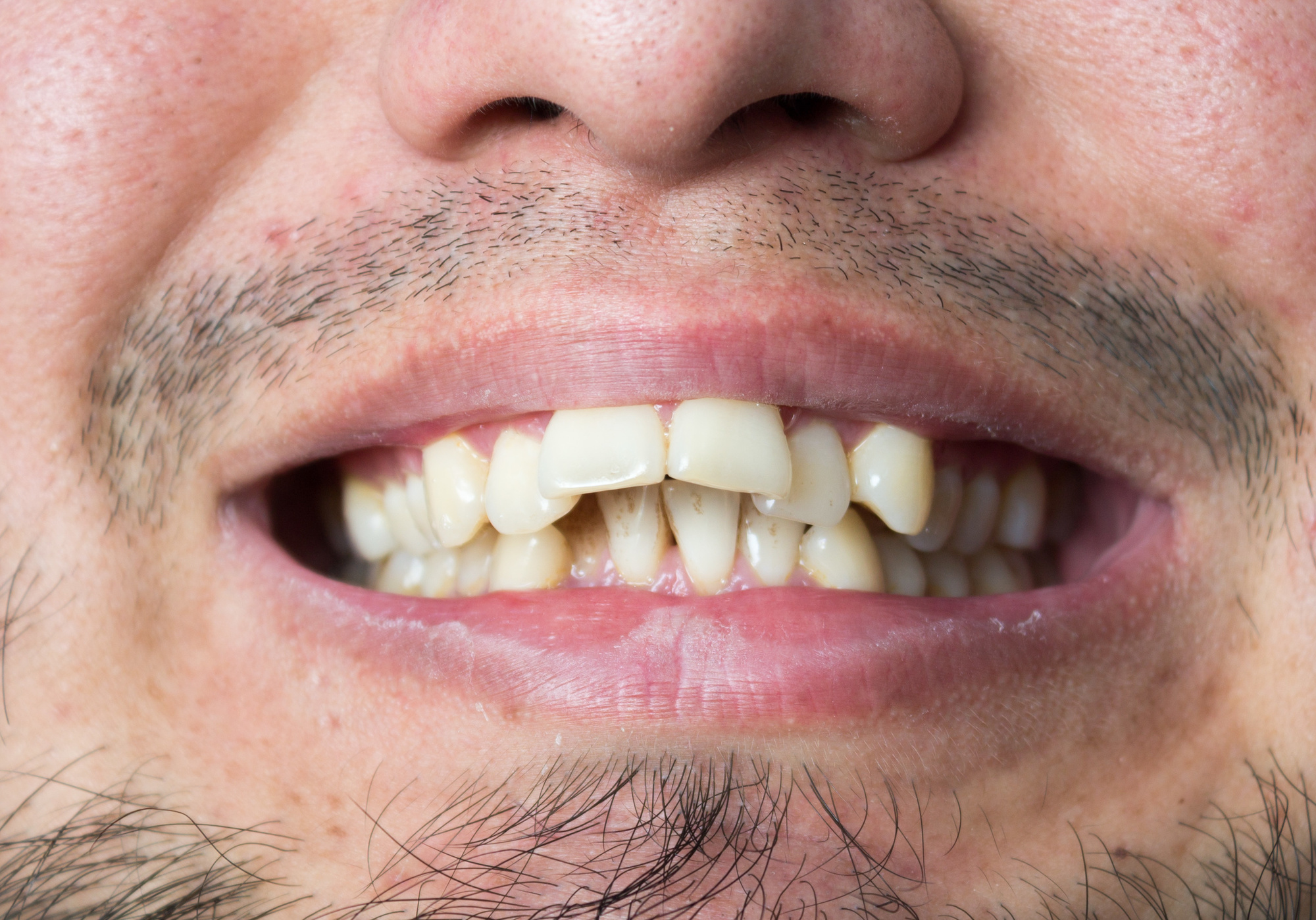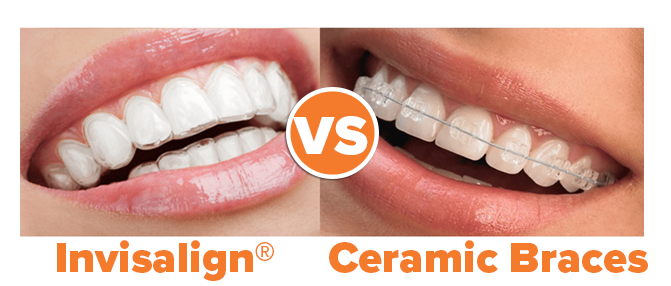What to Anticipate During Your Invisalign Journey: A Comprehensive Review
What to Anticipate During Your Invisalign Journey: A Comprehensive Review
Blog Article
Invisalign vs. Conventional Dental braces: Which Alternative Is Right for You?
When thinking about orthodontic therapy, the option between Invisalign and conventional braces provides several important aspects that warrant mindful evaluation. Invisalign provides a very discreet option with detachable aligners, while traditional dental braces supply a more visible yet efficient service for serious imbalance.
Overview of Therapy Options

In contrast, standard braces include metal brackets and wires that are bound to the teeth. This method uses constant stress over time to accomplish alignment. While efficient for intricate orthodontic concerns, typical dental braces call for regular sees for modifications and can pose difficulties in preserving dental hygiene as a result of the problem of cleaning around cords and brackets.
Both options have their qualities, and the choice usually rests on details oral problems, way of living choices, and individual compliance. Eventually, speaking with an orthodontic expert is vital for figuring out the most appropriate therapy strategy customized to private requirements. Understanding the subtleties of each alternative can substantially influence the total success of orthodontic therapy.
Aesthetic Factors To Consider
A substantial element influencing the choice between Invisalign and typical braces is the visual appeal each treatment provides. Invisalign aligners are crafted from clear plastic, making them practically unnoticeable when put on.
On the other hand, traditional braces include steel braces and cables, which can be extra visible. While advancements in orthodontic technology have actually brought about the development of smaller sized braces and tinted elastics, typical braces still maintain a more obvious profile. For some people, the presence of braces may deter them from seeking essential treatment.
Ultimately, the selection in between Invisalign and conventional dental braces may depend upon personal preferences pertaining to aesthetic appeals. Clients that prioritize discernment typically lean towards Invisalign, while those who are less concerned about presence may opt for standard braces. Comprehending the visual ramifications of each choice is crucial for making an informed choice that straightens with one's way of life and preferences.
Convenience and Convenience

In terms of comfort, Invisalign aligners are removable, enabling clients to enjoy their favored foods without limitation and preserve ideal dental health. Brushing and flossing are streamlined, as the aligners can be gotten during these regimens, whereas standard braces call for careful navigating around cords and brackets.
Additionally, Invisalign's progressive system permits fewer orthodontic brows through. People typically receive numerous collections of aligners at once, which can streamline the therapy process and lower time spent in the orthodontist's chair. On the other hand, conventional dental braces require regular changes, making them less hassle-free for those with hectic timetables. Invisalign. In general, the comfort and ease of Invisalign make it an appealing option for lots of people seeking orthodontic therapy.
Therapy Duration and Performance
While both Invisalign and traditional dental braces are effective in fixing oral misalignments, the period of treatment can differ dramatically in between both choices. Generally, Invisalign therapy can take anywhere from 12 to 18 months, depending on the complexity of the case. The clear aligners function by gradually moving teeth into their desired positions, and routine follow-ups with an orthodontist aid guarantee progress remains on course.
In comparison, conventional dental braces often require a longer commitment, normally ranging from 18 months to three years. This is due to their fixed nature and using cables and braces, which can be much more effective for complex instances and severe imbalances (Invisalign). The treatment effectiveness of typical dental braces is well-documented, as they enable for accurate adjustments and better control over tooth movement
Ultimately, the selection between Invisalign and typical dental braces may depend upon both the awaited therapy period and the certain oral problems at hand. Consulting with an orthodontist is crucial, as they can provide customized recommendations based on individual requirements, guaranteeing the picked method aligns with wanted durations and outcomes.
Expense Comparison and Insurance Policy Choices
Expense plays a substantial duty in the decision-making procedure for individuals taking into consideration orthodontic treatment, whether deciding for Invisalign or typical dental braces. Typically, the expense of Invisalign varieties from $3,000 to $8,000, while conventional dental braces normally cost between $2,000 and $6,000. Factors influencing these prices consist of the complexity of the case, the duration of treatment, and geographical place.
Lots of dental insurance strategies provide partial protection for orthodontic therapies, however the specifics can differ widely. Generally, standard braces might be extra often covered by insurance coverage strategies compared to Invisalign, which some insurance firms classify as a cosmetic procedure.
Additionally, several orthodontic techniques supply adaptable layaway plan, making both treatment alternatives more easily accessible. Clients should ask about potential funding alternatives and discounts for upfront here settlements. Examining the complete cost, consisting of insurance policy benefits and payment strategies, is essential for making a notified choice that lines up with both visual choices and spending plan considerations.

Final Thought
In summary, the choice between Invisalign and traditional dental braces depends upon numerous elements, including visual preferences, convenience, treatment duration, and price. Invisalign uses a very discreet, removable option that facilitates oral hygiene and nutritional flexibility, while typical dental braces may be better for complex oral concerns and often come with a lower cost factor. Inevitably, consultation with an orthodontist is important to evaluate private conditions and figure out one of the most ideal therapy choice for accomplishing optimal dental placement.
When thinking about orthodontic therapy, the choice in between Invisalign and standard dental braces provides numerous essential variables that warrant careful evaluation.Comparing Invisalign and standard dental braces exposes unique therapy choices for orthodontic improvement.While both Invisalign and traditional braces are efficient in fixing oral misalignments, the duration of treatment can visit this website vary significantly in between the 2 choices.Cost plays a considerable role in the decision-making procedure for people thinking about orthodontic treatment, whether deciding for special info Invisalign or typical dental braces.In recap, the selection in between Invisalign and traditional dental braces hinges on multiple variables, consisting of visual choices, comfort, treatment period, and price.
Report this page